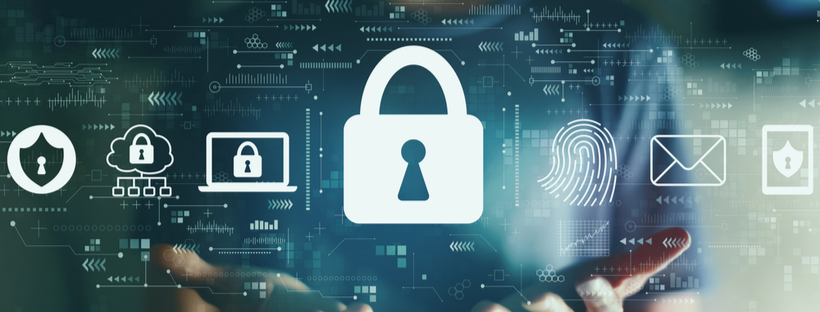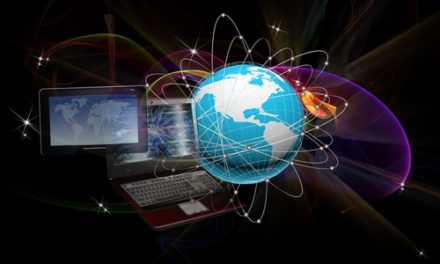
Spy Versus Spy: The Future of Cybersecurity
Cybersecurity resembles an unending battle of good and dark forces in which the tools grow ever more sophisticated and dangerous in a world where victory is never permanent. The threats to cybersecurity from foreign government sponsored hackers and unaffiliated criminal organizations are increasing due to some fundamental changes in the technological landscape.
To view the full article please register below:
Spy Versus Spy: The Future of Cybersecurity
Readers of a certain age may remember “Mad” magazine’s famous comic strip parody of the Cold War, in which two spies continuously battled one another to gain an upper hand, with temporary victory alternating between the two foes. Cybersecurity resembles this unending battle of good and dark forces in which the tools grow ever more sophisticated and dangerous in a world where victory is never permanent.
Cybersecurity Risks Grow
The threats to our cybersecurity from foreign government-sponsored attackers and unaffiliated criminal organizations are increasing due to some fundamental changes in the technological landscape, including:
- Work-from-home arrangements have led to new risks since homes are less protected than centralized offices.
- The burgeoning internet of things (IoT) has expanded the number of opportunities for malicious actors.
- Cloud computing introduces new risks, as misconfigured settings create a substantial vulnerability to data breaches, unauthorized access and account hijacking.
- Mobile devices comprise a growing attack vector through poorly controlled application stores, ubiquitous adoption, and increased blending of personal and professional use.
While such threats may have always existed in some related form, cybercriminals’ operations are often first adopters of cutting-edge technologies, especially when compared to their risk-averse, legitimate business targets. As such, criminals innovate without restraint, jumping on new technologies like artificial intelligence (AI), automation and machine learning to greatly shrink the time between reconnaissance and exploitation.
The Future Profile of Cybersecurity
As attackers raise their game, so must nations and private enterprises. Looking ahead at the next generation of cybersecurity, strategies will involve both new technologies and new risk management approaches.
- Quantum Computing—Using the properties of quantum states, quantum computing is deemed to be “unhackable.” While commercially still a few years off, early adoption is likely to be in highly sensitive areas, such as national defense and banking.
- Artificial Intelligence and Machine Learning—Ballooning cybersecurity threats will overwhelm human management. AI/ML will become necessary to augment security systems and analyze massive amounts of data at a greater speed.
- Broader Use of Data Encryption—While encryption doesn’t protect against network intrusions or data exfiltration, it does render the stolen data useless to attackers since they won’t have the key to unlock the encryption.
- Behavioral Monitoring—Human error and fallibility remain a significant vulnerability, which is why machine learning tools will be employed to detect abnormal behavior, like accessing sensitive information or cloud applications unrelated to employees’ job needs or for which they are not credentialed.
Despite these developments to enhance cybersecurity, the bad actors will continue evolving their techniques just like the Spy vs. Spy characters. Having entered a new era where data is the new currency and global conflict has migrated to the cloud, countries and companies will discover that this may be a battle without end.
Please reference disclosures: https://blog.americanportfolios.com/disclosures/












